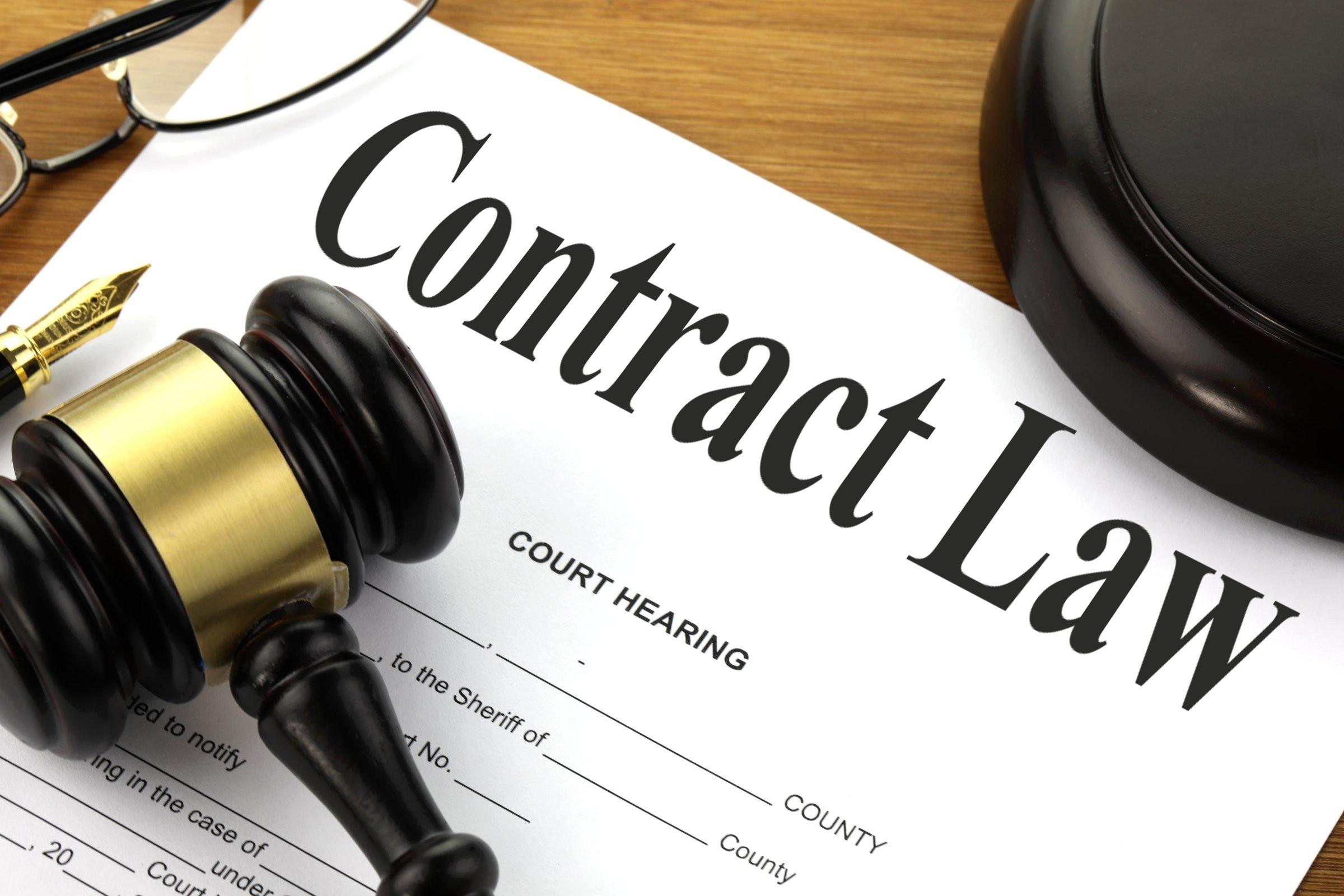
The use of a brand name helps companies build brand loyalty and attract more consumers organically. That is precisely why companies should do their best to protect their brand name and other unique features. Trademark registration is the easiest way to protect brand identity as it provides exclusive ownership rights to the business. Without such legal protection, other companies will have the power to copycat your logo or brand name and profit off of it. However, what makes a good trademark? In this article, we will take a look at the essential attributes of a good trademark and why they are so beneficial.
What is a trademark?
A trademark is a legally protected word, logo, or symbol that consumers associate with a particular brand. It is a type of Intellectual Property and comprises a recognizable design, color combination, or sign. Since consumers associate this with your brand, it becomes an intangible part of your brand identity, helping your consumers differentiate you from the competition. However, as such signs gain popularity, the risk of someone else copying it also increases exponentially. That is why trademarks are so integral to protecting a brand’s identity and credibility. Having a registered trademark gives business owners an exclusive right to use their mark, helping separate them from their competitors.
Essentials of a good trademark
A fair trademark must be both unique and attractive as it will represent your brand. However, the most important factor must be that it is distinctive and unique from other registered trademarks. Here’s a quick look at the essential attributes of a good trademark.
1. The trademark must include a brand name, label, combination of colors, device, label, signature, or combination of any of the following.
2. The mark must be easy to spell, pronounce, and remember to the public to boost brand awareness and loyalty.
3. It should not be too complicated, long, or difficult to pronounce as this makes it difficult for people to recollect the name. Hence, the trademark must be easy to memorize for people so that it remains in their mind, rather than being forgotten.
4. The mark must be either naturally distinctive or the distinctiveness may be acquired through intelligent design.
5. The best marks are those that consist of invented words and unique designs that are creative and geometric.
6. The trademark must suggest that the product is of good quality, but should not be overly descriptive.
7. It must not contain unruly phrases or be barred as per the Trademarks Act by being under the Prohibited trademark class.
Inherent Vs Acquired Distinctiveness
Inherently distinct trademarks are those that are any of the following;
Fanciful or coined words: Invented terms, such as Xerox® or Cisco®.
Arbitrary mark: Actual term that does not describe the product, such as Fuji® or Apple®.
Suggestive mark: Terms that indirectly describe a product, such as Coppertone® lotion.
A descriptive mark meanwhile falls into the category of the arbitrarily distinct mark. These are terms that describe attributes of the product, such as The Container Store®. Such trademarks are hard to get approved as they provide a lower level of protection due to their lack of genuineness. However, if a company has been able to market the trademark and use it to build a brand for themselves, Registrar Offices might approve such a mark.
Features of a Good Trademark
Every trademark must possess certain features or qualities to get approved by the Trademark Registry. People are unaware of such features that lead to their trademark application getting objected, opposed, or rejected by the Registrar. While not all of these are mandatory by law, Intellectual Property experts suggest all businesses follow these good practices to ensure their trademark gets registered.
The mark must be clear and concise and must not leave the consumer confused or in doubt regarding the nature of the product or service.
In case it is in another language, the logo and the branding must indicate what the product is for those who don’t understand the language. Also, the word must be one that is easy to translate and comprehend.
The mark must avoid words, phrases, and images that are offensive to any minority, race, gender, caste, or religion.
It must be easy to adapt so that it can be used on multiple products and services offered by the company.
The trademark must not be deceptively similar or identical to any other trademark which is already registered or popular.
What to Avoid
The Registrar often rejects overtly suggestive or descriptive trademarks as it may promise a degree of quality to customers it cannot truly offer.
Arbitrary marks that are in no way related to the true product or service offered are also seldom accepted by the Trademark Office.
If a trademark contains a coined word that has nothing to do with the brand, it may be rejected by the Registrar.
Any mark that violates the Emblems and Names Act, 1950, will be rejected by the TM Office.
Hence, as we can see, the most essential feature of a trademark is its distinctiveness. This, coupled with it being memorable, will help the marked boost a company’s brand identity significantly. Following these basic guidelines will help the mark get approved by the Trademark Registrar, helping the company expedite its trademark registration process.
For online trademark registration connect to Vakilsearch
Also read about:
4 Simple Parenting Tips for Road Tripping with Your Baby
Sorts of Hats for Men That Will Boost Your Style
How Can Invisalign Treatment Fix the Problem of Overbite










